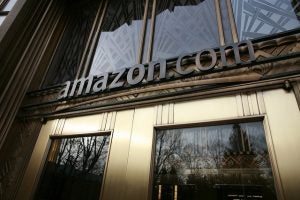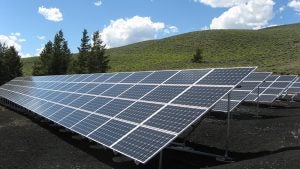 Cities around the world are taking the lead on fighting climate change, making huge commitments to reduce pollution and meet the goals of the Paris Agreement. And it’s a good thing they are.
Cities around the world are taking the lead on fighting climate change, making huge commitments to reduce pollution and meet the goals of the Paris Agreement. And it’s a good thing they are.
According to C40 Cities Climate Leadership Group, 75 percent of global greenhouse gas emissions come from cities, and about half of this pollution comes from buildings alone. All in all, buildings account for about 40 percent of all energy use – and up to half of this energy is wasted. With 70 percent of the world’s estimated 9 billion people expected to live in urban areas by 2050, addressing energy use in buildings (and the carbon emission it creates) is essential to catalyzing cities’ efforts. Reducing “building emissions” will require a toolbox of policy, finance, and engagement with public and private sector building owners, managers, and investors.
This week, a tool Environmental Defense Fund (EDF) began designing about five years ago to help investors weigh and value energy efficiency projects is becoming a global underwriting standard for building upgrades. Following successful momentum in the United States, Europe, and Canada, the Investor Confidence Project (ICP) officially joined the portfolio of global certification programs delivered by Green Business Certification, Inc. (GBCI) including LEED (for green buildings), GRESB (for real estate portfolios), and WELL (for healthy buildings). GBCI is now providing world-class training and support for ICP’s Investor-Ready Energy Efficiency ™ (IREE) certification. Read More




 Today is Energy Efficiency Day in the U.S. As someone who’s advocated for energy efficiency for nearly a decade, I’m glad to see the resource celebrated. Efficiency, from LED lightbulbs to insulation, is the
Today is Energy Efficiency Day in the U.S. As someone who’s advocated for energy efficiency for nearly a decade, I’m glad to see the resource celebrated. Efficiency, from LED lightbulbs to insulation, is the